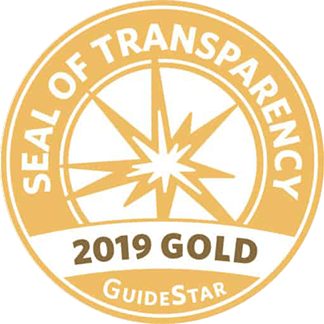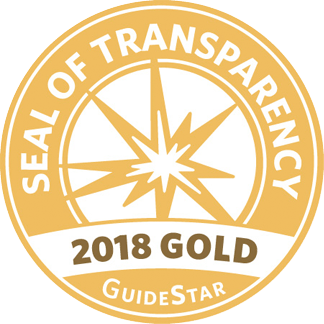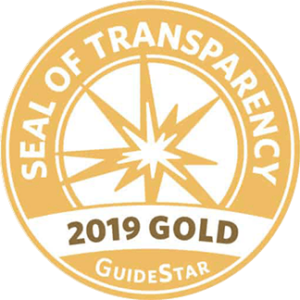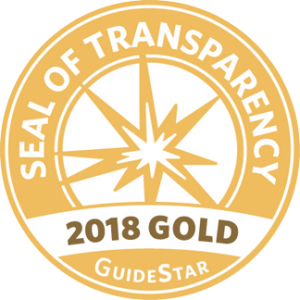Interactive Overview of Paid Family and Medical Leave Laws in the United States
In the United States, thirteen states and Washington, D.C. have paid family and medical leave laws on the books. This section of our website provides an interactive and customizable comparison of these laws.
View and Compare All paid family and medical leave Laws
Compare paid family and medical leave Laws and Generate a Custom Comparison Chart
Click to visit the search page where you can:
- Compare and contrast various paid family and medical leave laws of your choosing
- Filter and sort data by a variety of factors, including location and law specifics
Additional Paid Family Leave Laws
View Individual paid family and medical leave Laws
Click on an individual state below to view an overview of its paid family and medical leave law, with the option of exporting the information as a PDF.
The overview includes a range of information, including but not limited to: covered purposes; covered workers; requirements to qualify for benefits; covered family members; program funding; information about wage replacement; maximum leave duration; and more.
Hawaii also has a temporary disability insurance (TDI) program, which provides benefits to most workers for up to 26 weeks (save for a 1-week waiting period) for any period of serious off-the-job illness or injury. To be eligible for benefits, workers must have been employed for at least 14 weeks, during each of which the worker worked at least 20 hours and earned at least $400 in wages, during the 52 weeks immediately prior to the start of disability. This can combine income from more than one employer. Under the program, a worker receives 58% of a worker’s average weekly wage up to a cap of about 70% of the statewide average weekly wage. Hawaii does not provide paid family leave. See Haw. Rev. Stat. § 392-1 et seq. For more information, visit https://labor.hawaii.gov/dcd/home/about-tdi/. For a list of exceptions to covered workers, visit http://www.capitol.hawaii.gov/hrscurrent/Vol07_Ch03460398/HRS0392/HRS_0392-0005.htm.
Please note that these paid family and medical leave materials do not represent an exhaustive overview of the state laws described, and it does not constitute legal advice. It is possible that additional provisions not described in these materials may apply to a worker’s specific circumstances or category of employment.







